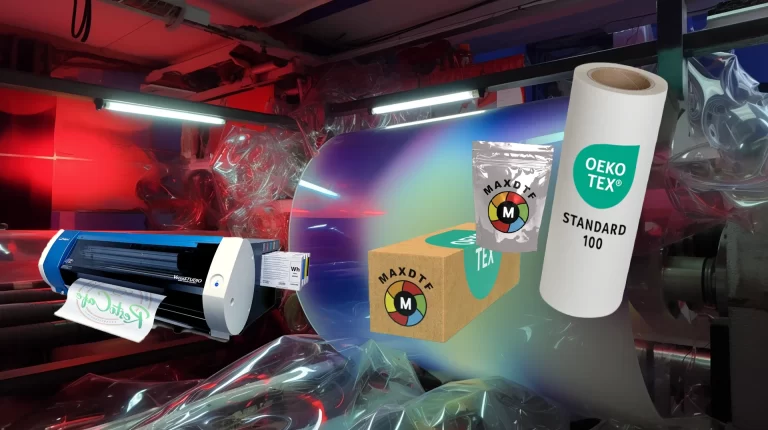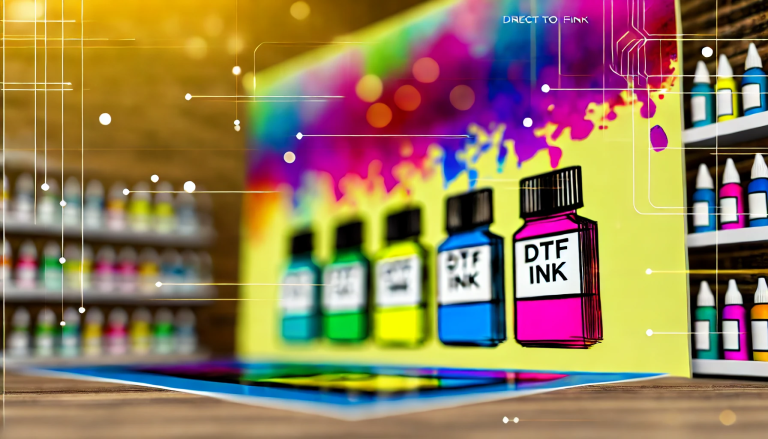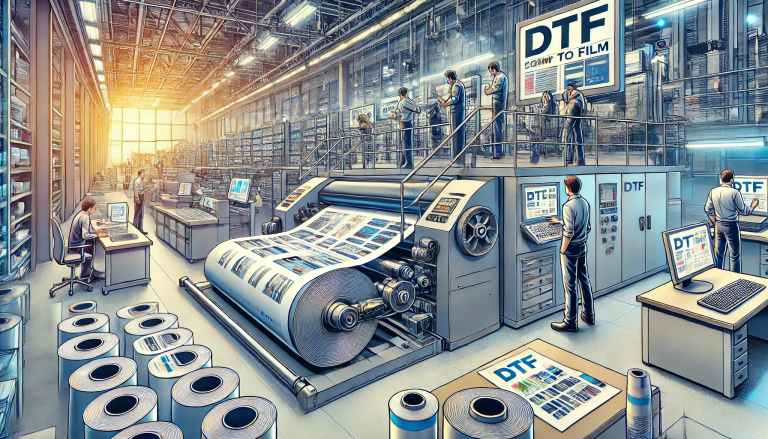“Unveiling the Wonders of UV DTF Printer Transfer: A Comprehensive Guide” -MAXDTF- China UV Film Transfer Decal, UV DTF Adhesive Transfer Film Manufacturer, Made in China
Introduction
The world of printing has evolved significantly over the years, opening new vistas of possibilities for various industries. UV Direct-to-Film (DTF) transfer is one such innovation that has revolutionized how we think about print quality, sustainability, and versatility. This comprehensive guide aims to unravel the magic behind UV DTF printer transfer technology, detailing what it is, its advantages, the process, practical applications, and considerations for its use.
Part 1: Understanding UV DTF Printer Transfer
Direct-to-Film or DTF printing is a cutting-edge technique that involves printing digital images directly onto a special film. It’s primarily used to transfer vivid, high-quality images onto various surfaces, including textiles, ceramics, metal, and more. What sets UV DTF printer transfer apart is the use of ultraviolet (UV) inks, which are cured instantly by UV light during the printing process.
UV DTF printer transfer combines the convenience of digital printing with the versatility of UV technology, allowing for high-definition prints on an assortment of materials. It uses a heat press to transfer the image from the printed film onto the desired medium, ensuring a durable, long-lasting print that resists fading and wear.
Part 2: Advantages of UV DTF Printer Transfer
UV DTF printer transfer boasts several advantages over traditional printing techniques:
- Versatility: UV DTF printing can be used on a diverse range of materials, including fabrics, ceramics, wood, and more, making it incredibly versatile.
- Quality: It produces high-resolution, vibrant prints that resist fading and can withstand wear and tear.
- Durability: UV inks are cured instantly, resulting in prints that are resistant to water, scratching, and sun exposure.
- Sustainability: The UV curing process doesn’t involve solvents, making it more eco-friendly than other printing techniques.
Part 3: The UV DTF Printing Process
The UV DTF printing process involves several steps:
- Preparation: The digital image is prepared in the necessary format and resolution.
- Printing: The image is printed onto a special film using UV inks.
- Curing: The printed film passes under a UV light, instantly curing (or drying) the ink.
- Transfer: The printed film is placed onto the desired surface, and a heat press is used to transfer the image.
- Finishing: Once cooled, the film is peeled off, leaving a high-quality print on the surface.
Part 4: Practical Applications of UV DTF Printer Transfer
Due to its versatility and durability, UV DTF printer transfer has found its way into various industries:
- Apparel Industry: It’s used to create vibrant, long-lasting prints on different types of clothing, from t-shirts to jackets.
- Promotional Products: It’s ideal for creating custom promotional items like mugs, mouse pads, keychains, and more.
- Interior Decoration: It can be used to print high-definition images on materials like ceramic tiles, wooden panels, or metal sheets for unique interior décor.
- Signage and Packaging: It’s suitable for producing durable, high-quality signs and packaging materials.
Part 5: Considerations for Using UV DTF Printer Transfer
While UV DTF printing offers many advantages, there are considerations to keep in mind:
- Equipment: UV DTF printers can be a significant investment, and they also require special film and UV inks.
- Safety: UV curing involves intense light, which can be harmful if proper safety measures are not taken.
- Training: There can be a learning curve in understanding the nuances of UV DTF printing and achieving optimal results.
Conclusion
UV DTF printer transfer is a game-changer in the world of printing. Offering unparalleled versatility, durability, and print quality, it’s proving indispensable in various sectors. Despite the initial investment and learning curve, the benefits of adopting this innovative technology can far outweigh the challenges, allowing businesses to create products that stand out with their vibrancy and resilience. Like any tool, understanding its potential and nuances is the first step towards harnessing its full potential.





